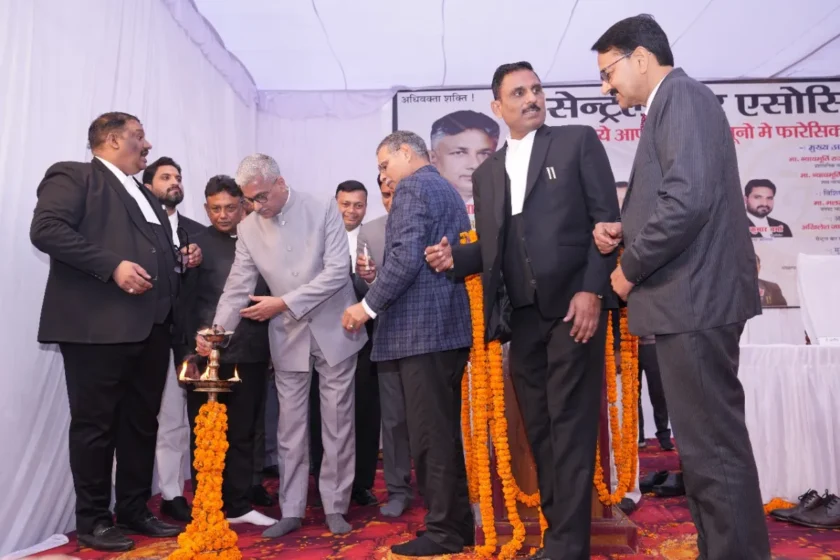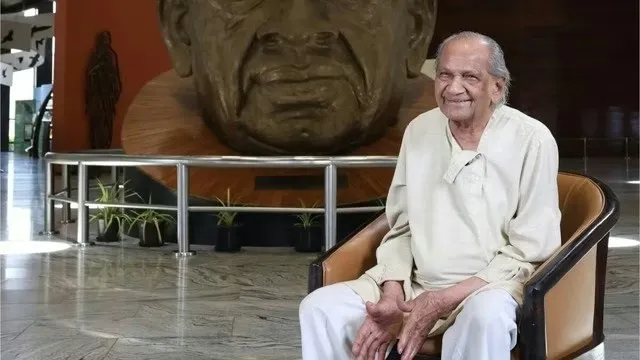Lucknow: Lucknow, the capital of Uttar Pradesh, is steadily emerging as a new haven for cyclists, blending its rich cultural heritage with a growing emphasis on sustainable and healthy living. While not yet on par with global cycling capitals, the city is making strides to promote cycling through infrastructure development, community initiatives, and a rising enthusiasm among residents. Here’s a detailed look at how Lucknow is evolving into a cyclist-friendly destination as of April 3, 2025.
Infrastructure Supporting Cycling
Lucknow has taken notable steps to enhance its cycling infrastructure, though challenges remain:
-
Gomti Riverfront Cycle Track: One of the city’s standout features, this scenic track along the Gomti River offers a serene and well-maintained path for cyclists. It’s a popular spot for both recreational riders and fitness enthusiasts, providing a respite from urban congestion.
-
Janeshwar Mishra Park: Spanning over 376 acres, this expansive urban park includes dedicated cycling tracks, making it a go-to location for casual rides and family outings. Its peaceful environment away from traffic adds to its appeal.
-
Existing Cycle Tracks: Initiated under former Chief Minister Akhilesh Yadav, a 100-kilometer network of cycle tracks was built to promote eco-friendly transport. Tracks like the one from Hazratganj to Polytechnic aim to integrate cycling into daily commutes. However, issues such as encroachments, poor maintenance, and disconnected segments have limited their effectiveness, with only 20-30% of cyclists reportedly using them.
-
Green Corridors: The city is working on green corridor projects that include dedicated cycle lanes, aiming for seamless, eco-friendly connectivity across key areas.
Government and Policy Push
The Uttar Pradesh government has shown intent to foster cycling as part of its broader smart city vision:
-
Past Initiatives: The cycle track project, inspired by Dutch models, was a flagship effort to reduce pollution and encourage healthy living. Despite its ambitious start, the current government has debated their utility, with some tracks facing demolition to widen roads—a move met with mixed reactions.
-
Public Bike Sharing (PBS) Systems: Lucknow has introduced affordable bike-sharing programs to make cycling accessible for short commutes, aligning with global trends post-COVID to prioritize non-motorized transport.
-
Future Plans: Ongoing discussions about expanding cycle lanes into new road projects suggest a commitment to integrating cycling into urban planning, though execution remains a work in progress.
Community and Cultural Shift
A growing cycling culture is taking root in Lucknow, driven by local enthusiasts and events:
-
Cycling Clubs: Groups like the Lucknow Cycling Club and Pedalyatris are fostering a community spirit. Pedalyatris, for instance, recommends beginner routes like the 20-kilometer ride to Kukrail Picnic Spot and intermediate ones like the 40-kilometer loop to Mohanlalganj, encouraging both novices and seasoned riders.
-
Events and Rides: The city hosts events like the Lucknow Cycling Championship and Lucknow Ride, organized by groups such as Thrill Zone. These cyclothons (e.g., 100 km, 50 km, and 20 km rides) promote fitness and raise awareness about cycling’s benefits. The 2021 Lucknow Ride, for example, capitalized on post-pandemic interest in cycling as a safe, economical transport option.
-
Resident Voices: Cyclists like Vivek Ranjan, a local manager and avid rider, praise the tracks as safe spaces for kids and learners, while others, like Dhairya Ahuja, argue against their demolition, citing wasted resources. Conversely, some, like Ravi Singh of the Lucknow Cycling Club, suggest reconfiguring tracks into proper lanes for faster riders.
Why Lucknow is Gaining Traction
Several factors are positioning Lucknow as a budding cyclists’ haven:
-
Health and Environment: With rising awareness of lifestyle diseases and pollution, cycling offers a dual benefit—fitness and sustainability. The city’s flat terrain is an added advantage for riders of all levels.
-
Affordability: Compared to motorized transport, cycling is cost-effective, resonating with students, daily wagers, and professionals alike. Over 150,000 people in Uttar Pradesh use cycles daily, a base Lucknow is building upon.
-
Tourism Potential: The city’s historical landmarks—like Bara Imambara and Rumi Darwaza—paired with cycling routes, could attract tourists seeking active exploration. Bloggers and touring cyclists have noted untapped potential in routes like the Sharda Canal system extending to the Nepal border.
Challenges to Overcome
Despite its promise, Lucknow faces hurdles in becoming a true cyclists’ haven:
-
Infrastructure Gaps: Encroachments by vendors, parked vehicles, and debris, along with poorly connected tracks, push cyclists onto busy roads, undermining safety and convenience.
-
Safety Concerns: The lack of dedicated lanes and high traffic volumes pose risks, particularly for women and new riders, highlighting the need +need for gender-sensitive infrastructure.
-
Public Awareness: Many residents remain unaware of cycling’s benefits or available facilities, necessitating education campaigns.
-
Political Will: Shifts in government priorities—e.g., from building tracks to widening roads—create uncertainty about long-term commitment.
The Road Ahead
Lucknow’s journey to becoming a cyclists’ haven is gaining momentum, but it requires a comprehensive approach. Regular maintenance, community involvement, and safety measures—like secure bike parking and better enforcement against encroachments—could elevate its status. As Manish Jaiswal, a local commentator, puts it, “Lucknow has a unique old-world charm and infrastructure development… making it a great choice” for cycling enthusiasts. With continued effort, the City of Nawabs could pedal its way to a greener, healthier future, blending tradition with a modern cycling ethos.
---------------------------------------------------------------------------------------------------






